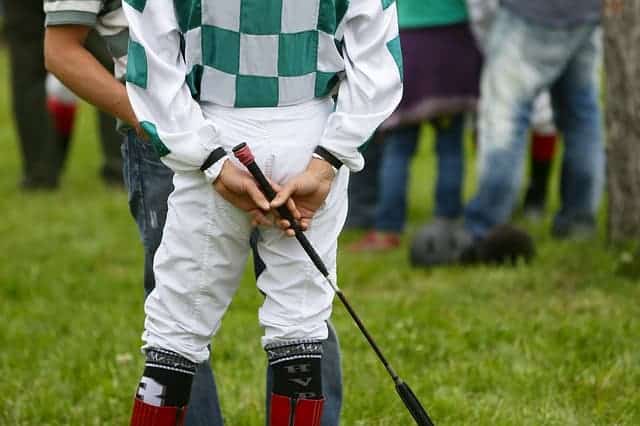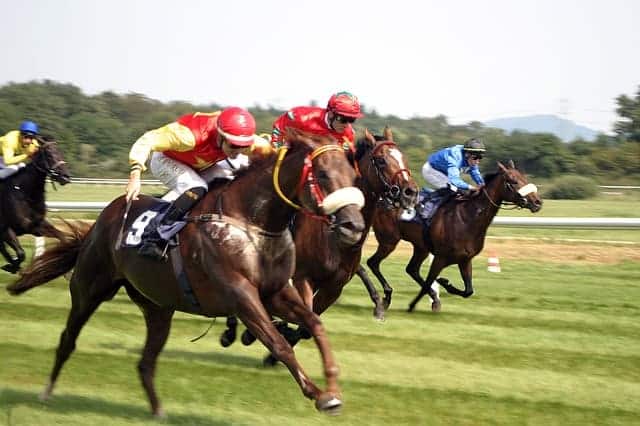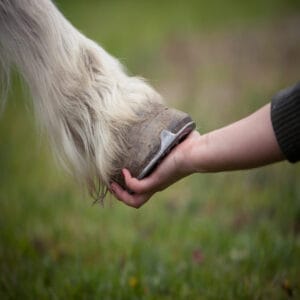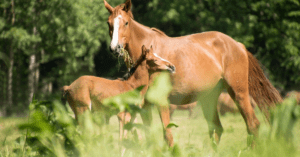While concern for the welfare of racehorses has been making headlines the past year, animal advocates are far from satisfied. Racehorses die on and off the track due to drug complications and catastrophic, yet preventable, injuries. At the same time, they're treated as profitable commodities instead of living, breathing animals. One of the most distressing practices, whipping, has been happening for decades. But thanks to new research, we have real evidence that could end the whipping of racehorses altogether.
Jockeys whip their horses in an attempt to "encourage" them to run faster or straighter. These professionals have long-since claimed the pain from the whip does more good than harm, and it's now normal for racehorses to endure repeated whippings in every race.
Countries including the U.S. and Australia do have regulations for the number and type of strikes allowed at different stages of a race. There have been investigations into how well these rules are actually followed, and some studies have attempted to answer the question of how much pain a whip actually causes. For the first time, however, Australian researchers have taken an extensive look into whether or not whips actually do what people say they do. The results are eye-opening, and they're expected to influence Australia's decision to gradually eliminate whips altogether, with the exception of when they're need to prevent collision.
The data for this study was collected by studying two-years' worth of whip-free horse races in Great Britain. The "hands and heels" racing series restricts whipping except in emergency situations.
For the study, analysts looked at reports from 67 whip-free races and compared them to 59 traditional or "whipping-permitted" races involving the same horses and jockeys. They looked at the movement of the horses throughout the course, interference between horses, veterinary issues, and of course, finish times.
With their data compiled, researchers determined that the horses showed no distinguishable difference between the races where they were whipped and those where they weren't.
Researchers wrote,
"Our results indicated no significant differences between horse movement on the course, interference on the course, the frequency of incidents related to jockey behavior, or average finishing times."
After all that research and after decades of trainers saying whips are a necessary part of the sport, this study shows that whipping simply doesn't work.
This revelation might come to a surprise to those who have defended the use of whips, but it's something renowned horse trainer Monty Roberts has known his entire life. With decades of experience, Monty advocates for natural horsemanship. He understands that horses learn best when they're understood and treated fairly, not when their behaviors are forced through violent actions.
He recently told iHeartHorses,
"The problems with the whip is the playing field is level. Why would we whip them, because they actually run slower when they're whipped. We must move to a nonviolent approach in all the training of horses."
While this new research might not immediately change the nature of horse racing around the globe, it's seen as a step in the right direction. This evidence, and the future studies it will likely spark, is starting the conversation about ways the industry can adapt and change for the better.
Horse Courses by Elaine Heney
- Listening to the Horse - The Documentary by Elaine Heney & Grey Pony Films
- Shoulder In & Out Training for better balance, bend & topline development with your horse
- Over 110+ Polework Exercises & Challenges to Download
- Dancing at Liberty & Creating Connection with Your Horse (11 lessons) - Grey Pony Films
h/t: The Conversation






